Hi Friends
While I'm waiting on glue to dry and while we have discussed painting and finishing, I want to tell you about another technique that
@Ab Hoving Ab shared with me - that of fuming or leaching the oak with ammonia.
To explain fuming in detail, I found the following great article which you can read in full.
https://woodandshop.com/how-to-fume-ammonia-fuming-experiment-cheap-ammonia/
I will just briefly mention a few of the important excerpts.
For those who aren’t familiar with what ammonia fuming is, it is a chemical method that furniture makers use to darken and bring out the nice figure in certain woods, typically prior to adding a finish. The wood is placed in a confined space, and Ammonia, or “Ammonium Hydroxide” is left in a little container for a period of time. The ammonia isn’t applied directly to the wood. The ammonia reacts with the tannins in the wood and darkens the wood. White oak is the wood of choice for ammonia fuming because this wood has a particularly high tannin content.
The author conducted an experiment in which he used affordable (a.k.a. “cheap”) ammonia from local hardware stores containing 10% ammonia.
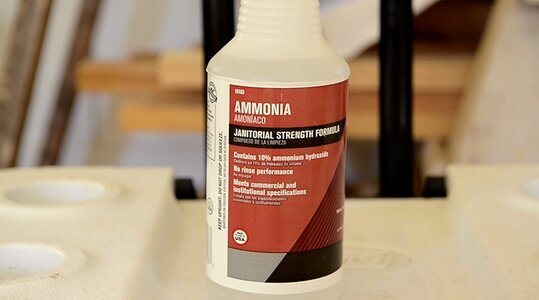
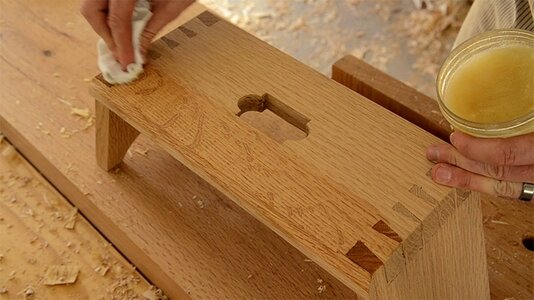
The experiment was conducted on a Moravian footstool which was first given a layer of the author's special mix - a combination of beeswax, boiled linseed oil and turpentine - and left in the sun for a few days.
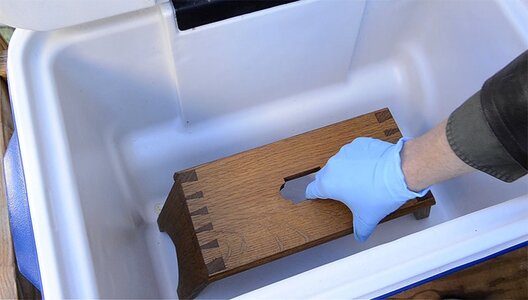
It was then placed inside a cooler box together with a plastic bowl containing 1/2 to 1 cup of ammonia. After three days the footstool was removed from the cooler and after adding another layer of the special mix, this is what it looked like.
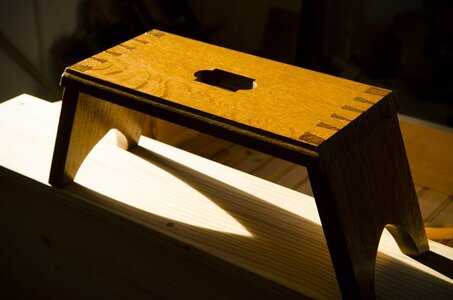
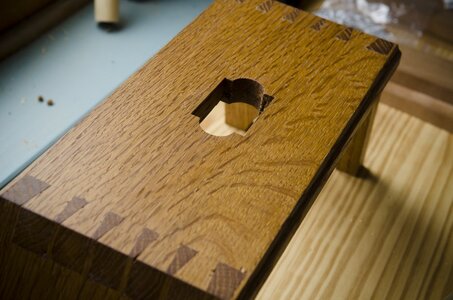
I am sure you will agree that looks brilliant!
IMPORTANT: Should you want to try this, remember the following:
1. Wear gloves and a respirator mask while handling the ammonia - especially when you open the cooler box after 3 days.
2. While fuming is taking place, the cooler box must be placed outdoors.
3. Make sure that you only open the cooler box outdoors.
4. After you have opened the cooler box, move away and let the worst of the fumes first evaporate before handling the wood.
5. As with everything else, always test on scrap wood first.
6. Prior to attemting this, FIRST READ THE WHOLE ARTICLE!
Thank you so much for this, Ab - I had no idea!
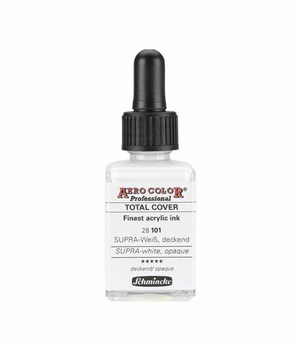
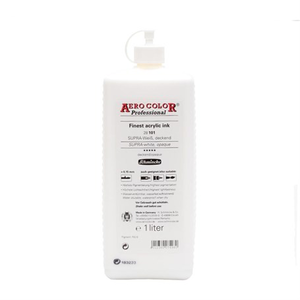





 Actually, while on that topic, how is the Statenjacht coming along? I would really like to see what you have done up to. in the Lincoln Shipyard, I will have to revert to manual labor though in shaking those bottles - as if my right arm has not already had enough exercise doing all that sanding!
Actually, while on that topic, how is the Statenjacht coming along? I would really like to see what you have done up to. in the Lincoln Shipyard, I will have to revert to manual labor though in shaking those bottles - as if my right arm has not already had enough exercise doing all that sanding! 
 .
.



